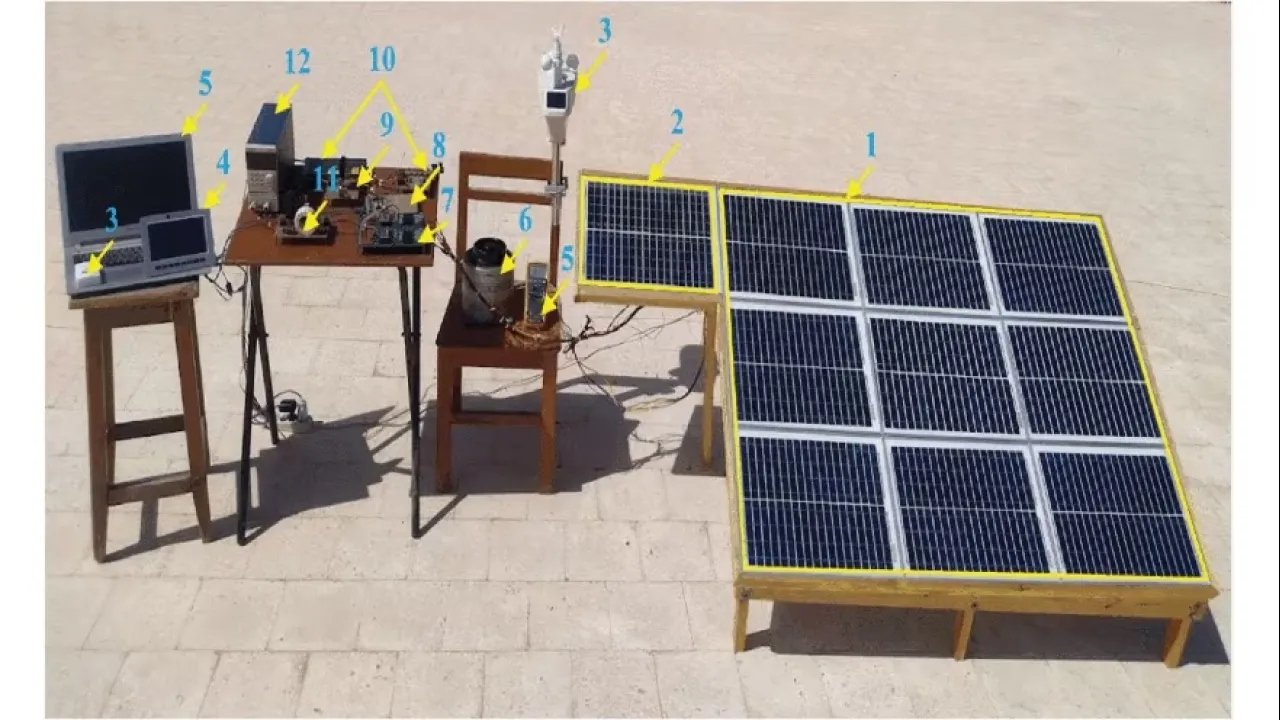
Fault Identification of Photovoltaic Array Based on Machine Learning Classifiers
About
The Solar Photovoltaic (PV) industry has experienced significant growth over the past years due to the technology’s clear economic and environmental benefits. The world’s net electricity generation from grid-connected PV systems is expected to rise. Although PV systems don’t incorporate moving parts and usually require low maintenance, they are still subjected to diverse faults across the various system components. Proper fault detection and/or identification is thus necessary to avoid significant energy generation loss and large capital expenditures.
Fault identification in Photovoltaic array is a contemporary research topic motivated by the higher penetration levels of PV systems in recent electrical grids. Therefore, this research paper aims to define an optimal Machine learning (ML) structure of automatic detection and diagnosis algorithm for common PV array faults, namely, permanent (Arc Fault, Line-to-Line, Maximum Power Point Tracking unit failure, and Open-Circuit faults), and temporary (Shading) under a wide range of climate datasets, fault impedances, and shading scenarios. To achieve the best-fit ML structure, three distinct ML classifiers are compared, namely, Decision Tree (DT) based on different splitting criteria, K-Nearest Neighbors (KNN) based on the different metrics of distance and weighting functions, and Support Vector Machine (SVM) based on different Kernel functions and multi-classification approaches. Also, Bayesian Optimization is adopted to assign the optimal hyperparameters to the fault classifiers.
To investigate the performance of classifiers reported, both simulation and experimental case studies are carried out and presented in the research paper.
Read the full research paper published in IEEE Access (Volume 9)
